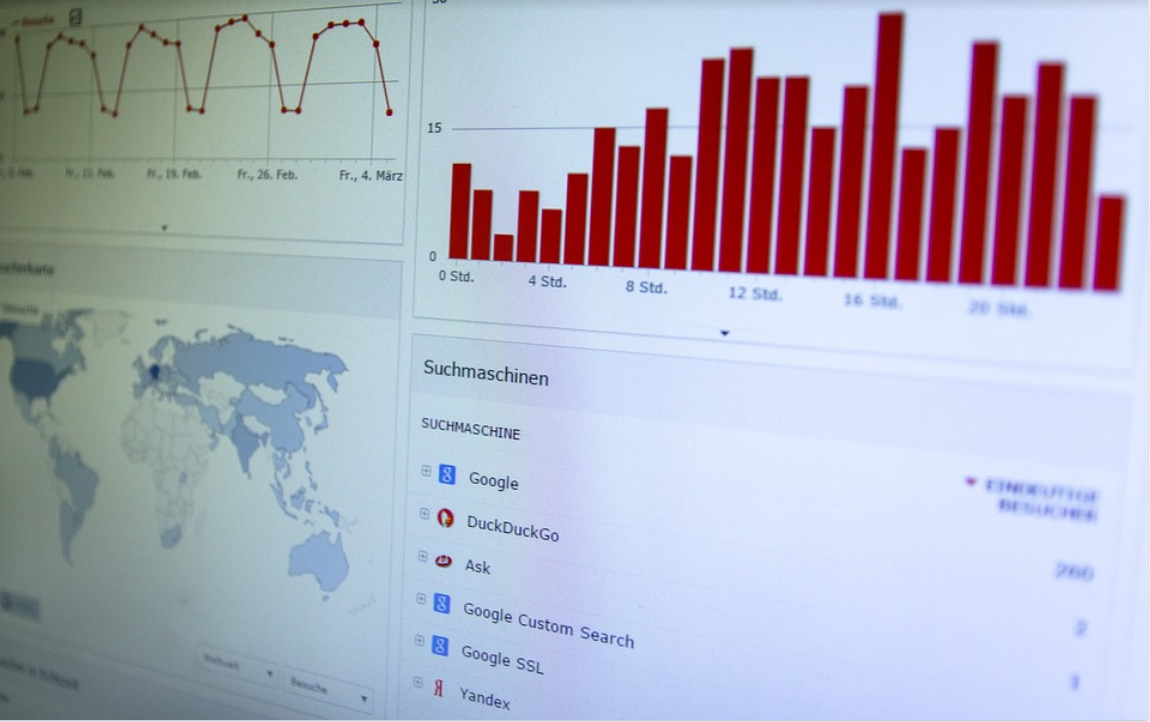
We recognized that customers and organizations want to have the same thing: relevant and Personalized User Experience that establish trust and enhance customer loyalty after working with dozens of leading financial institutions over the last seven years and providing digital solutions across sectors for more than a decade. According to a recent survey, over 5 – 6 % of banking firms are at risk, as millions of clients are convinced by fintech newcomers’ transparent and personalized services.
Banks such as Citigroup and Goldman Sachs have set up money to invest in and buy fintech companies. Others, such as Bank of America, have adopted digital transformation by providing robust mobile banking services. Few companies, such as JP Morgan Chase, focus on investing in data to develop machine learning methods that give hyper-personalized experiences and increase client security.
The majority of financial institutions are seeking for new technology to help them improve their company operations.
By 2023, financial services and insurance companies will invest more in Digital Marketing and Technology than any other industry.”
What is the reason behind this? Because the inefficient technologies hinder them from:
Drilling down into detailed consumer details to establish which high-value categories they should concentrate their efforts based on customer scores, engagement, behavioral and demographic data, and other related customer information
Because of IT’s emphasis, it is possible to communicate with prospects and consumers in a timely and cost-effective manner, such as collecting data and giving access to marketing, which takes weeks or even months.
Providing personalized user experience to reach customers in real-time so that appropriate messages may be delivered instantly in their customer journeys.
How Personalized User Experience helps financial services firms drive digital transformation
Countless financial businesses, including their marketing departments, have benefited from the CDP.
Consumers have high expectations since they have become accustomed to technology recognizing who they are, what they do, and how they want to interact.
Companies rely on extensive data to achieve these high expectations. To patch together systems and sanitize the data in the past, data and engineering teams had to do many data wrangling. CDP gives businesses a centralized platform for capturing and synthesizing data from all client touchpoints. A CDP is essential for accurate data collection, data activation, and identity resolution. It can eliminate data quality issues that previously blocked data integration and analytics units from delivering customer-centric and contextualized interaction.
A CDP’s most important capabilities – Accelerating growth through trust
Implementing a data governance framework with a robust set of tools guarantees that the data in your tools is correct, consistent, and adheres to internal security and privacy regulations. A CDP ensures that you are providing reliable data to your machine learning models for accurate personalization at scale by imposing common data standards at the time of collection.
The following are some of the additional advantages:
- User interactions are securely collected throughout the client journey.
- Customer data is consistently formatted for usage in downstream applications.
- User privacy and consent standards are managed.
- Creates a customer view that is available across all business platforms.
- Creates exciting, personalized user experiences by activating data through chosen channels.
Before the epidemic, being able to give consistent experiences was enough to set you apart. Consistency is now regarded as the basic minimum, given shifting customer behavior and increasing financial pressure.
Banking and other financial institutions have the potential to create a new storyline by incorporating consumer empathy into all they do, or they risk losing consumers to companies that have tailored to their requirements.
Takeaway
Implementing a CDP and behavioral analytics gives organizations the flexibility and power to enable real-time Personalized User Experience that foster trust and boost purchase intent. To do so, you’ll need to pick the correct CDP, implement the proper governance, and be prepared to change or modify operational models to use the data and insights.
No Comments